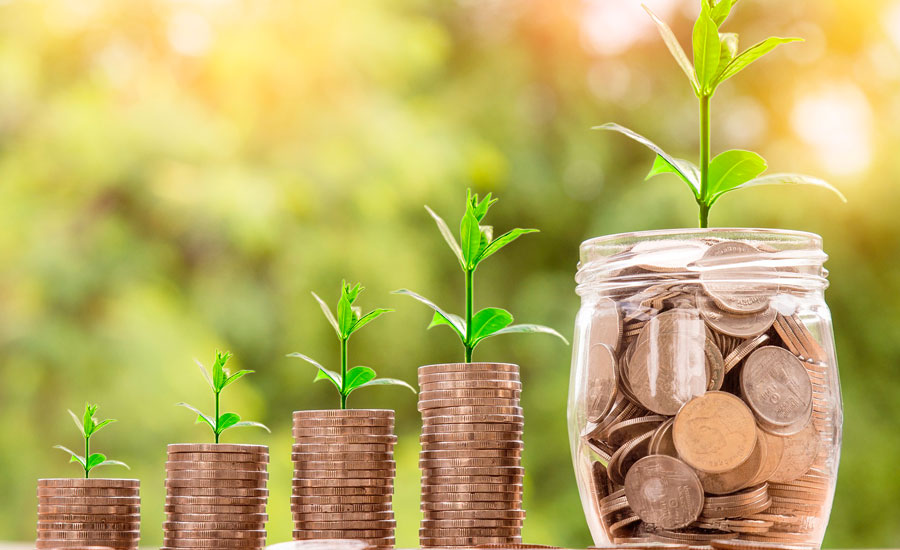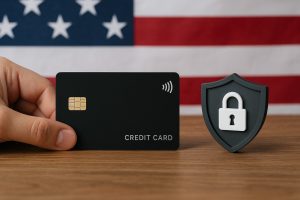Building a strong financial foundation is crucial for every American. One of the most essential aspects of this foundation is having an Emergency Fund. Life is unpredictable, and an emergency stash can provide much-needed peace of mind during uncertain times. This guide will walk you through the steps to create a safety net for unexpected expenses.
We’ll discuss actionable strategies that will ensure you have a solid buffer, ready to tackle any financial hiccups that come your way. Whether you’re starting from scratch or looking to expand your financial cushion, this comprehensive guide is here to help.
Why an emergency fund is essential

An Emergency Fund is more than just a reserve of cash. It is a financial safety net designed to cover unexpected expenses, such as medical emergencies, car repairs, or sudden job loss. Without this buffer, you might find yourself relying on credit cards or loans, which can lead to a cycle of debt.
Having an emergency stash ensures you can handle life’s surprises without derailing your long-term financial goals. It allows you to stay afloat without compromising your standard of living or risking your financial health. Essentially, it acts as a cushion that absorbs the financial shocks of life.
An ideal emergency savings should cover three to six months of living expenses. This amount provides a comfortable buffer to manage unexpected costs, giving you time to recover and rebuild without stress. But even starting with a small amount can make a significant difference.
Starting small but steady
Creating an emergency fund doesn’t have to be daunting. Start by setting aside a small, manageable amount each month. The key is consistency rather than the size of the initial contributions. Begin with a goal of saving $500 to $1,000. This initial fund can cover minor emergencies and prevent you from falling into debt.
Automating your savings can also help. Set up a direct deposit from your paycheck into a separate savings account to ensure that you save before spending. This “pay yourself first” approach can build your fund effortlessly over time. Gradually increasing the amount you save each month will also help. As you get used to saving, you can slowly raise your contributions. This steady approach allows you to build your funds without feeling the financial strain immediately.
Cutting unnecessary expenses
One of the quickest ways to accelerate your savings is by trimming your budget. Review your monthly expenses and identify areas where you can cut back. Small changes, like dining out less frequently or cancelling unused subscriptions, can add up significantly over time.
Look for hidden costs and unnecessary expenditures. For instance, reviewing your utility bills for any unutilized services or switching to more cost-effective alternatives can save you money. Redirect these savings directly into your fund. It’s essential to distinguish between needs and wants. Prioritizing your essential expenditures over discretionary spending can create room in your budget to bolster your emergency reserves.
Strategies for growing your emergency fund
Once you have established a basic emergency fund, focus on strategies to grow it further. Diversifying your income sources and taking advantage of high-interest savings accounts are excellent methods to boost your finances without extra effort.
Consider taking on a side hustle or freelance work to generate additional income. These extra earnings can be dedicated solely to your emergency savings, allowing you to reach your goal faster. Additionally, review your current savings account and shift to ones that offer higher interest rates to maximize your fund’s growth.
Regularly reassessing your financial goals and adjusting your savings plan accordingly is also vital. Ensure your emergency fund grows in line with your needs and any lifestyle changes. This proactive approach ensures you always have a robust safety net.
Making use of windfalls
Unexpected cash infusions, such as tax refunds, bonuses, or monetary gifts, can significantly boost your savings. Instead of spending these windfalls, deposit them into your emergency fund. These unexpected additions can rapidly accelerate your savings goal.
Prioritizing the use of windfalls for your emergency reserves rather than discretionary spending ensures that your buffer grows more quickly. It is a well-strategized way to turn unexpected income into a robust financial safeguard. Tracking your progress with these extra deposits also provides motivation. Watching your fund grow with every windfall encourages continued disciplined saving and helps develop a stronger financial habit.
Review and adjust regularly
Your financial situation will evolve, and so should your emergency savings strategy. Regularly reviewing and adjusting your savings plan is crucial to ensure it remains effective. Life changes, such as a new job, moving to a new city, or significant life events, can impact your financial needs.
Assess your living expenses and revise your savings target accordingly. If your household expenses increase, ensure your emergency fund is scaled up to cover the additional costs. This continual reassessment ensures your buffer always meets your current financial reality. Regular reviews also help in identifying any potential shortfalls early, allowing you to take corrective measures promptly. Staying proactive with your savings strategy is key to maintaining a reliable financial safety net.



